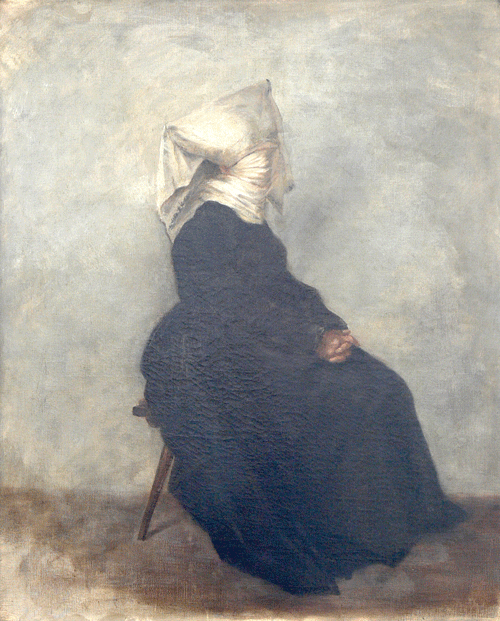Markus Schinwald
Lentos Kunstmuseum
Lentos Kunstmuseum

In keeping with his contribution to the Austrian pavilion at last year’s Biennale di Venezia 2011, Markus Schinwald developed an elaborate architectural scenario for his show at Lentos Kunstmuseum. In Venice, he hung white walls from the ceiling; here, he installed a modernistic complex of walls, ceilings and plinths in the museum’s large, column-free hall. The retrospective exhibition was an experiential De Stijl environment where clusters of space were connected by a catwalk-like ramp.
The works at the beginning exemplified Schinwald’s recurring themes of adhesion, physical disability and prosthesis. The wide entry to the exhibition was flanked by two life-size marionettes moving fitfully (Ron and Korinna, 2011). Then came a row of mannequins wearing uniquely tailored coats and shoes. For example, the sleeves of the Jubelhemd (Elation Shirt, late 1990s) are so drastically mis-sewn that its wearer would be forced to constantly raise her arms; in Curvings (2006) a pair of shoes is bent to one side from the middle. The show continued with similar manipulations. An old bicycle – fixed to a rod on a pedestal – could move only in circles, like a horse on a carousel (Mobile Standstill, 2008); a clock – hung high-up on a wall – curtailed time by showing eleven instead of twelve hours (11’, 2003); several elegantly curved table legs were mounted on another wall and joined to each other for no apparent reason (Legs, n.d.); videos such as Ten in Love (2006) or 1st part conditional (2004) seemed like prayer wheels, without a beginning or an end. Finally, there were a number of Schinwald’s trademark works: found oil paintings. The artist bought 19th-century portraits and had a restorer rework them in their original style. The subjects’ faces are suddenly strained by metal buckles; additional walls, flags or clothing blot out large parts of some images (Lilly, Maja or Francis, all 2011). The large-format series ‘Schwarzweiß-Porträts’ (Black and White Portraits, 2011) is based on old etchings and engravings; Schinwald computer manipulated the faces, draping them in cloth and adding prostheses.
Despite the variety of Schinwald’s individual works, the principle of intervention is consistent: The exhibition is an alteration shop where objects, bodies and images are ‘made to fit’ – take a bit off here, add something somewhere else. This craft, in German, isn’t called ‘sewing’ or ‘tailoring’; literally, it means ‘cutting’ (Schneiderei), a word that strangely emphasizes trimming and shortening over any constructive aspects. Before the triumph of ready-to-wear, clothing was cut to fit in direct contact with the customer’s body. Eventually personal trainers and cosmetic surgeons stepped in: they keep the body at a constant size for off-the-rack clothing, or they simply nip, tuck and alter it accordingly. Each of these trades generates prostheses, corsets and artificial joints in order to give bodies a desired form.
The fact that Schinwald is a trained tailor – he took a degree in fashion before finishing art school – can be spotted in his early objects, like the bent shoes and the manipulated shirts. His independent and masterful command of display bears the craftful influence of Schneiderei. His take on the exhibition space is best described by things not quite fitting right: here, a bench was a little too long; there, a video area overhang was noticeably too short; elsewhere, a passageway was too narrow. Even the ramp had a ‘pinch’ to it. The whole presentation could be compared to an elegant architectural straitjacket, perfectly tailored to purpose.
Translated by Jonathan Blower
















